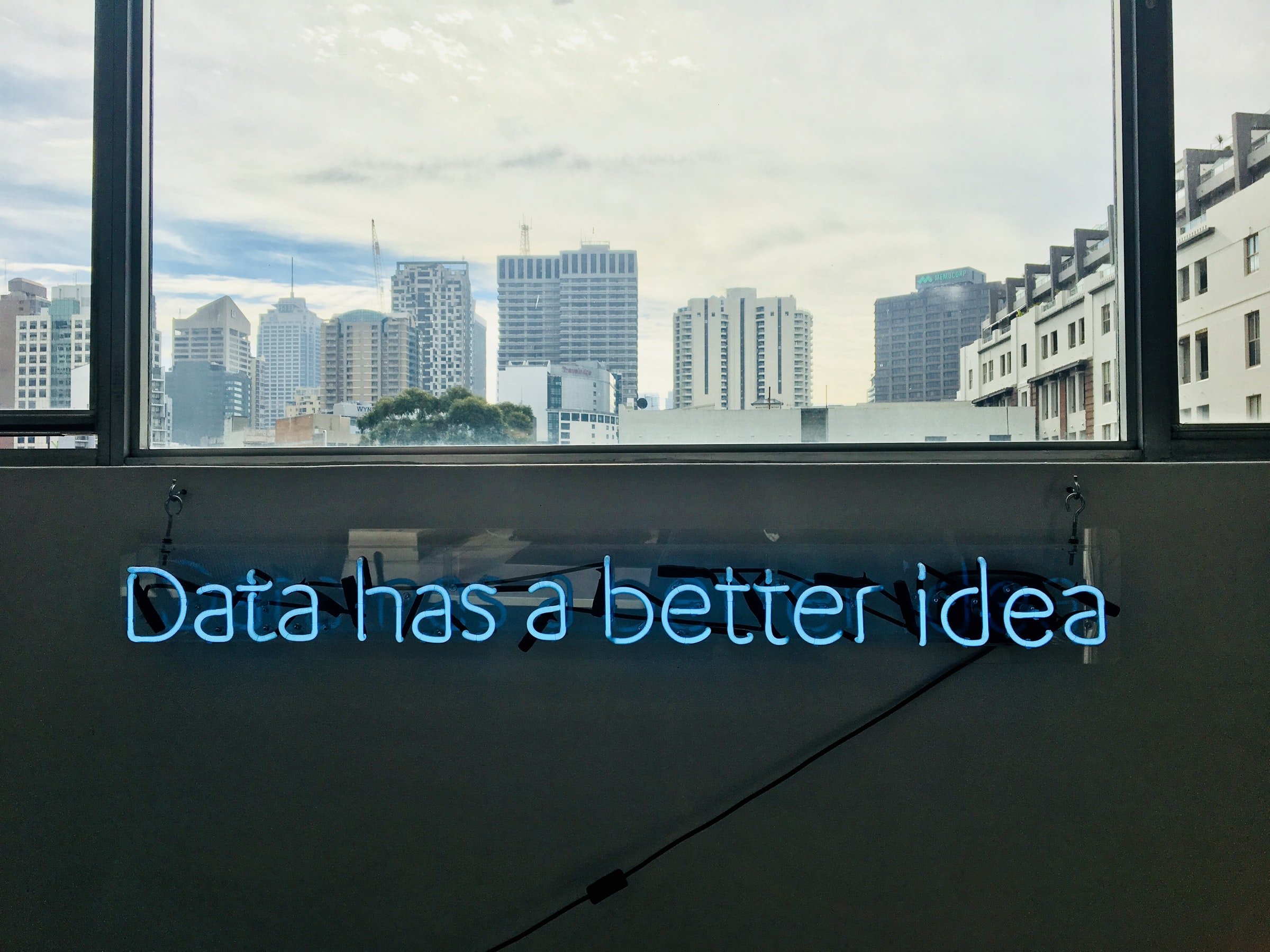
What is AI-Enhanced Process Mining?
In the modern workforce, most of us do one of three things: we construct a product, we perform a service, or we contribute to the promotion or delivery of said product or service. That means many of us are cogs within a machine, especially if your org operates in many regions or has distinct product lines. If you find yourself simply taking data and moving it into a new place for another team to use, or if your projects are constantly waiting around for the input of what feels like ten other stakeholders, that kind of friction can wear a person down. You might feel exhausted, helpless, or even angry.
It’s time for a new process improvement technique
In years past, a pen and some sticky notes were the best you could do when it came to improving a business’s processes. To create a product, you had to obtain raw materials from suppliers, manufacture the project and keep it somewhere until the point of purchase. Companies received orders for products that they packaged and shipped, and they received payments, which they processed with paperwork. All this complexity was captured - through word of mouth - into a process map.
Digital transformation across industries complicated as many aspects of modern business as it streamlined. Companies went global, migrating data to the cloud and proliferating information across teams in every timezone - leading to information overload and challenges managing data. In this landscape, the process improvement techniques of the past can only create a static understanding of how a business works; by the time an audit report is finished, swift staffing changes and technology updates have often rendered that report obsolete. But what else can professionals do?
How to improve a process at work with AI-Enhanced Process Mining
Because it combines human ingenuity with artificial intelligence, Process Mining is objective where traditional efficiency methods now feel outdated and inexact. More importantly, Process Mining is a system that continually improves itself via machine learning, working at a speed that matches the rest of your company’s tech stack — and in some cases, laps those programs entirely! For example, by using Process Mining, Uber achieved more than $20M by increasing productivity through simplification, standardization, and faster processing of customer inquiries. AI-powered Process Mining can be broken down into four components: collection of time-stamped log data, discovery of actual processes instead of assumed ones, enhancement of existing processes to improve business outcomes, and monitoring of changes for additional growth opportunities. No matter what programs are in your company’s tech stack, AI-powered Process Mining can extract raw data through APIs and pre-built connectors to break it all down and give you the full picture - sort of like putting all your clothing in one place before you purge out the pieces you don’t need. Once Process Mining has unveiled its unbiased discoveries and analyzed a company’s real processes, it’s time for enhancement.
Why AI-Enhanced Process Mining is the lasting choice
Process Mining prioritizes workplace improvement techniques by attributing them to specific business outcomes. The system smooths out points of friction where they’re causing the most problems, optimizing on-time product delivery, customer satisfaction, risk reduction, working capital, minimizing operational costs, speeding up automation rates, and reducing customer churn. It’s not just process re-orientation for kicks — there’s a reason for every tiny adjustment, and we believe every variance in business has a root cause. You just have to find it. Once Process Mining has determined a cause and effect relationship between frustrating snags in productivity and important business outcomes, it generates a solution — but here’s the key, that solution isn’t set in stone, even after it’s been implemented. Process Mining stands head and shoulders above any other business operation improvement technique because of its innate flexibility. And it empowers your company’s best and brightest to make lasting change. Process Mining developments like Operational Apps go even further: They put AI to work to achieve your desired outcomes – all while leveraging the power of Process Mining and automation. Essentially, Process Mining is the culmination of many great minds studying workplace activity for hundreds of years. Many credit Wil van der Aalst as the godfather of Process Mining, and he believed beginners should focus on topics like data discovery and conformance checking across an organization. Though Process Mining begins with these variables, its use of machine learning and prediction models enhances its applicability. There simply is no other fully modern way to reduce friction in a large enterprise. To kick-start your journey to Process Excellence, sign up for , the world’s first free and publicly accessible Process Mining platform.



